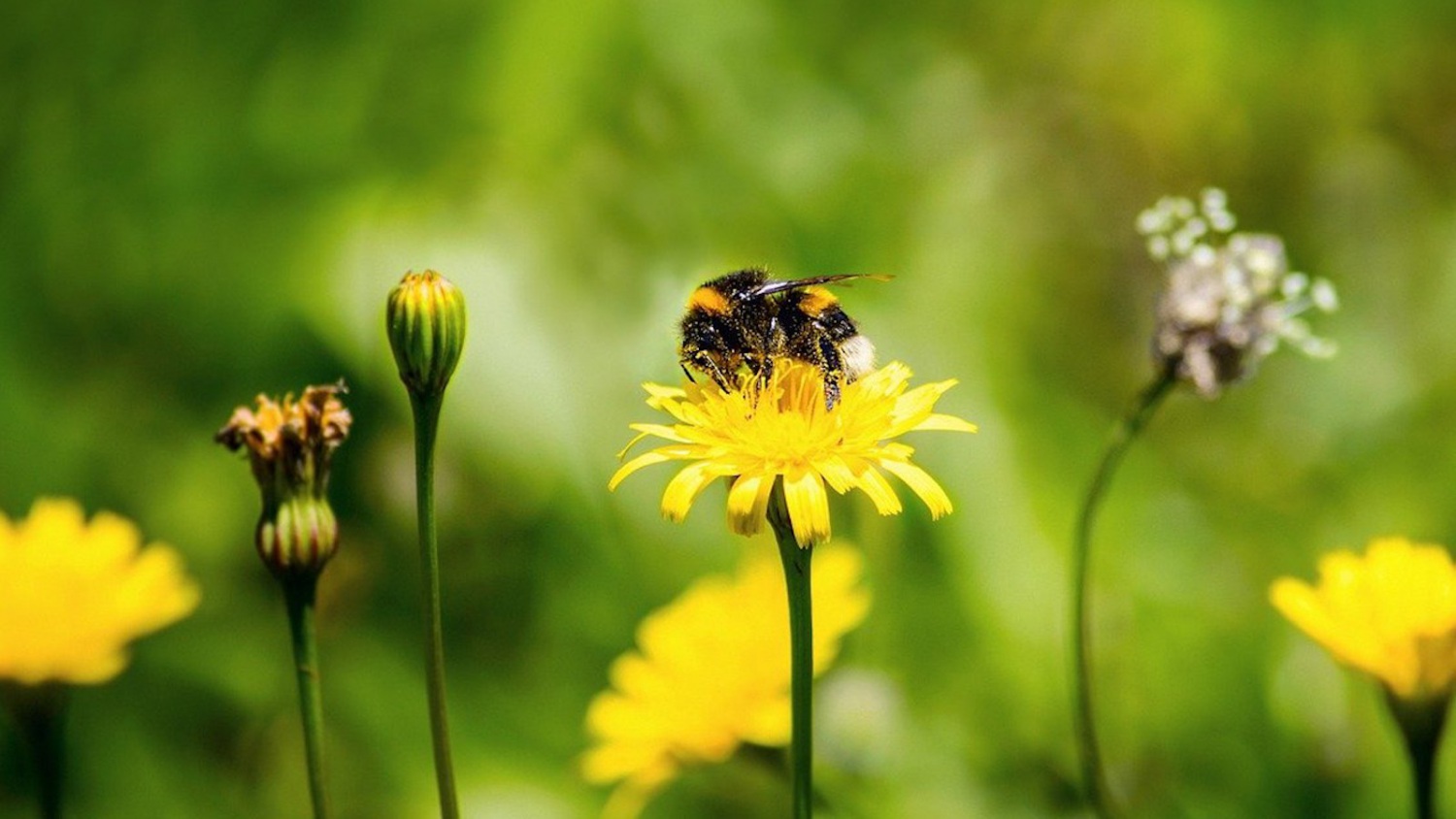
Tell Amazon: Don’t sell products with bee-killing pesticides
Bees of all kinds are facing a triple threat of pesticides, habitat loss and climate change. As we work to save them, let’s get to know them a little better.
SIGN THE PETITION
Former Save the Bees, Associate, Environment America
This Earth Day, we brought together the whole Environment America hive to help save the bees.
From half-inch honeybees to the endangered rusty patched bumblebee, no matter their size or status, these little pollinators are facing a triple threat of bee-killing pesticides, habitat loss and climate change.
Our country’s more than 4,000 native bee species are “specialists” in their field — they’re perfectly suited to pollinate only a few specific plants or flowers. The Southeastern blueberry bee, for example, is one hard-working pollinator — visiting as many as 50,000 blueberry flowers in its short life and helping to produce up to 6,000 blueberries. Most native bees are also highly independent. After a long day of flying solo from flower to flower, these busy bees retire to the nests that they dug or built themselves.
Honeybees are some of our sweetest, most social pollinators. Sharing one big hive, honeybee colonies are also filled with hard workers: In just one year, a colony can make up to 100 pounds of honey. When they’re on duty, half-inch honeybees can fly to 100 flowers in a single trip — adding up to thousands of flower visits each day. After its eight-hour workday, the honeybee finds its way home where it can rest with as many as 60,000 of its family members.
Throughout the country, there’s only one type of native bee that is truly social: the bumblebee. And under the bumblebee umbrella is the rusty patched bumblebee. Known for the rust-colored marks on their backs, these bubbly bees made headlines three years ago when they became the first bee species in the continental United States to make the endangered species list. Their populations have plummeted down to just an estimated 471 rusty patched bumblebees.
While rusty patched bumblebees were the bees first to make the endangered species list, they won’t be the last if we don’t act.
Here at Environment America, we know that the situation for bees is dire. And with native bees pollinating 80 percent of our Earth’s flowering plants, losing bees could be the first domino in a chain of extinctions.
To save them, our organizers are building support for bans on the worst bee-killing pesticides, standing up for bees’ habitat, and calling on companies to do their part to protect our best pollinators.
Former Save the Bees, Associate, Environment America
